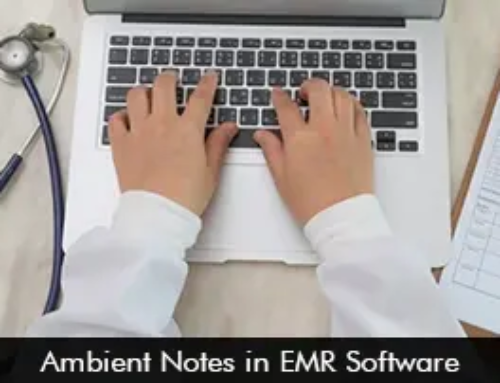One of the riskiest IT projects a clinic or hospital can take on is the migration of patient data to a new EMR Software. When done correctly, Electronic Medical Records (EMR) Software maintains data integrity and clinical continuity. When done incorrectly, it leads to gaps in patient safety and compliance.
Plan Transition With EHR Software Vendors, Legal, and Clinical Owners
Begin by creating a governance team. The team should include members of the legal and compliance team, as well as members of the privacy and security team and clinicians. Define the success criteria, such as what data must be available on day one, and the scope of what gets migrated vs. archived. Keep in mind the regulatory requirements, state laws, consent, and retention. Early clinician involvement, phased timelines, and well-defined rollback plans are all emphasized in the American Medical Association’s EMR Software Transition Toolkit because they reduce the risk of clinical disruption and ensure patient safety.
Clean Map And Verify EMR Systems Data Before Transition
Preparing data for transfer is the labor-intensive part. Interfaces like labs, imaging, ADTs, unstructured records, and inventory-structured fields can feel like a quagmire to sort through. It’s best to create mapping specifications that maintain clinical meaning by applying data normalization. Pilot with a small dataset and perform parallel validation until reconciliation rates satisfy clinical acceptance criteria. Plan for unstructured EMR Software data and interoperability gaps, as they are cited as the most common trouble spots.
Secure Transfer and Testing of EMR Software Data
Make use of encrypted communication channels and stringent role-based access controls when transferring and testing data from EHR Software. To adhere to state and HIPAA regulations, keep thorough audit logs. To ensure that order entry, medication reconciliation, and documentation workflows function as intended, conduct extensive testing in a staging environment before going live. Before the final migration, set up a short “data freeze” period and maintain read-only access to the legacy EMR software for reference.
EMR Software Vendors Offering Data Migration Support
Numerous providers of EMR Software and migration experts provide comprehensive services to guarantee secure and effective data transfer:
- Athenahealth EMR Software: Offers Vendor-led conversions and a structured migration process.
- eClinicalWorks EHR Software: Internal assistance for integration and migration is provided by the vendor.
- Epic Systems and Oracle Health: Both EHR Software vendors assist via certified migration partners.
Final Thoughts
Moving EMR Software data in 2025 is about more than just technical work; it’s really about keeping patients safe. When healthcare organizations focus on detailed planning, thorough testing, and seek help from expert vendors, they can ensure the switch goes smoothly and doesn’t affect the quality of patient care.








